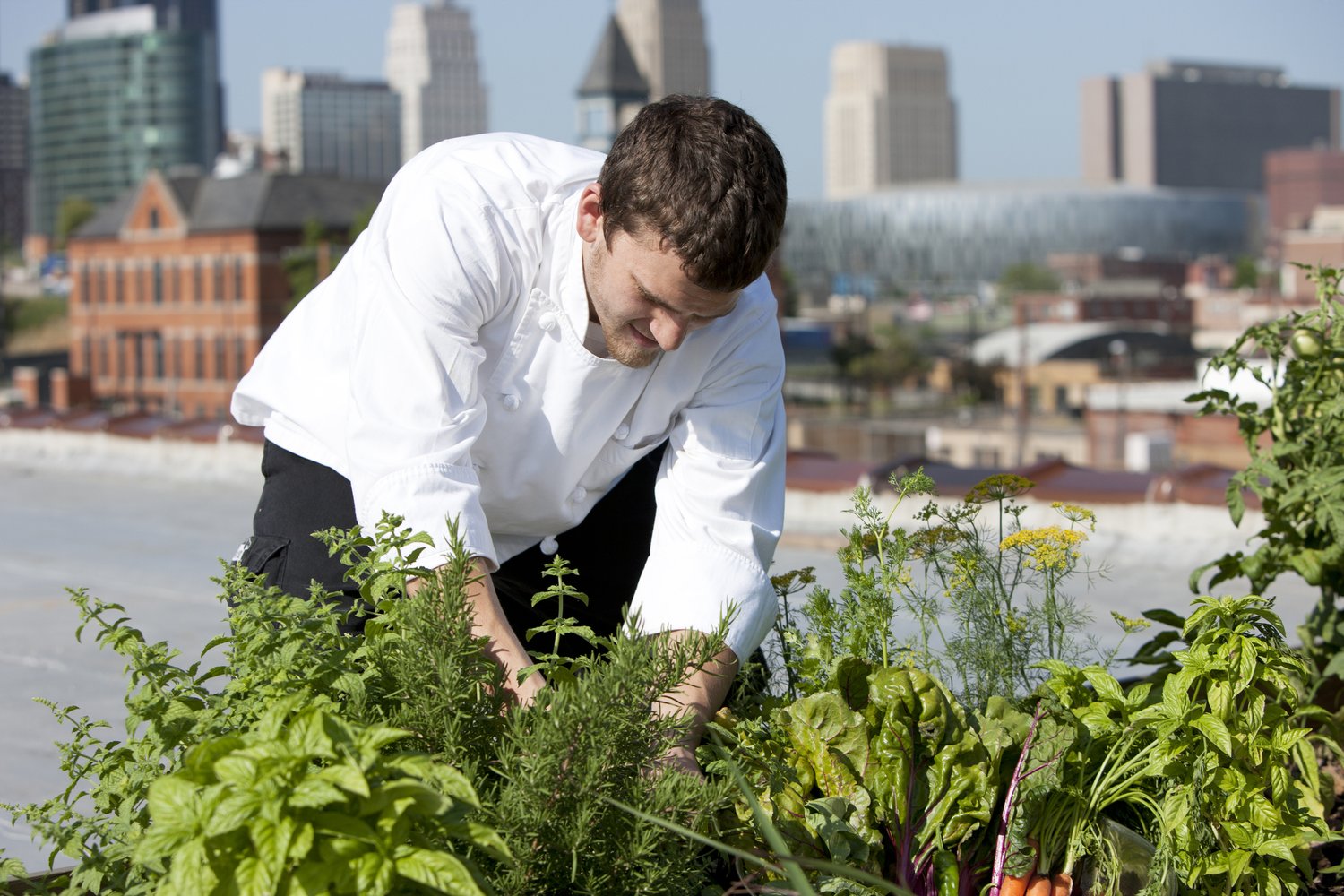Some Known Questions About City Blooming.
Some Known Questions About City Blooming.
Blog Article
The Greatest Guide To City Blooming
Table of ContentsThe Definitive Guide to City BloomingGet This Report about City BloomingIndicators on City Blooming You Should KnowThe Facts About City Blooming Uncovered7 Simple Techniques For City Blooming
Interested in expanding food for sale in the City of Chicago? Below is a list of regularly asked questions relating to the rules and guidelines that farmers ought to think about when planning an urban agriculture task.
The zoning change does not modify any type of various other codes handling composting, building authorizations, purchasing or renting City possessed home, business licenses or environmental contamination. There are existing codes that manage these issues and they stay in full result and may be suitable to your project. Neighborhood yards are generally possessed or managed by public entities, civic companies or community-based companies and maintained by volunteers.
Urban farms grow food that is planned to be sold, either on a not-for-profit or for-profit basis. Due to their industrial objective, city ranches require a service certificate. Yes. A community garden is permitted to market excess produce that was grown on site if the sales are accessory or subordinate to the garden's primary objective explained above.
Everything about City Blooming
Composting is allowed yet just for plant product that is produced and utilized on website. The amount of compost product can not surpass 25 cubic yards at any type of given time according to the requirements in 7-28-715 of the City's Municipal Code. Yes. Since the soil at most new garden sites requires changing, compost, dirt, timber chips, or various other materials can be acquired to create or improve the growing space - eco-friendly practices.

If a structure permit is called for then the hoophouse will certainly be taken into consideration an accessory building. You can locate out even more about the structure permit requirements by contacting the Division of Structures. The 25,000-square-foot dimension limit is intended to avoid a solitary community yard from controling a given block or taking away from the block's existing domestic or commercial character.
The limit does not use to yards situated in Public Open Space (POS) districts. Can there be more than one area garden that is 25,000 square feet on a single block? Secure fencing is not called for, nevertheless, gardens that have big auto parking locations may be needed to mount fencing or various other landscape design features.
City Blooming Fundamentals Explained
B1 & B2 areas require that all business use activities be carried out inside. R districts restrict commercial activity. The policies mirror the objective and intent of the Zoning Code. Is secure fencing needed for urban farms? Yes. Fencings might be called for, along with landscape design and testing, for particular parking lot and exterior work or storage areas depending upon location and the details task happening.
Yes. Urban ranches call for structure licenses and zoning authorizations before building. Other kinds of city testimonial might be required depending on specific frameworks, tasks, dimension, landscape design, licensing, public health and stormwater administration issues. Many of these requirements are determined in the job style or permitting process, however, the candidate might be responsible to individually recognize certain licenses or permits that might be needed.
Yes. The type of certificate is determined by what pop over to this site is taking place at the site. The Division of Company Matters and Consumer Defense can help establish the particular sort of business license that's called for. Yes. Off street car parking is needed for a lot of business projects in Chicago. The needed variety of garage is based on the variety of staff members servicing site and not the square video footage of the expanding space.
An Unbiased View of City Blooming

Yes. An urban farm can offer garden compost material produced on website, however, the operation should abide by the regulations in 7-28-715 of the Chicago Municipal Code. Yes. Aquaponic systems are enabled inside your home on city ranches in many zoning districts. Nevertheless, a zoning evaluation and structure permit is required in order to install frameworks or systems and a business license is required as described above.
Up to 5 hives or nests of honey bees might be kept as an accessory usage. Beekeepers have to sign up with the Illinois Department of Agriculture. To find out more regarding the suggested zoning modification you might speak to the Division of Real Estate and Economic Growth, Bureau of Planning and Zoning at 312.744.8563.
, which takes area in country locations at the side of suburbs.
4 Simple Techniques For City Blooming
It can entail an activity of organic farmers, "foodies" and "locavores", that look for to create social networks established on a shared values of nature and neighborhood holism. These networks can develop by way of official institutional support, coming to be incorporated into neighborhood town as a "transition community" movement for lasting metropolitan advancement.
The much more direct accessibility to fresh vegetable, fruit, and meat items that might be become aware through city agriculture can enhance food security and food security while reducing food miles, resulting in reduced greenhouse gas discharges, consequently adding to climate modification reduction. A few of the initial proof of city farming originates from Mesopotamia.
Report this page